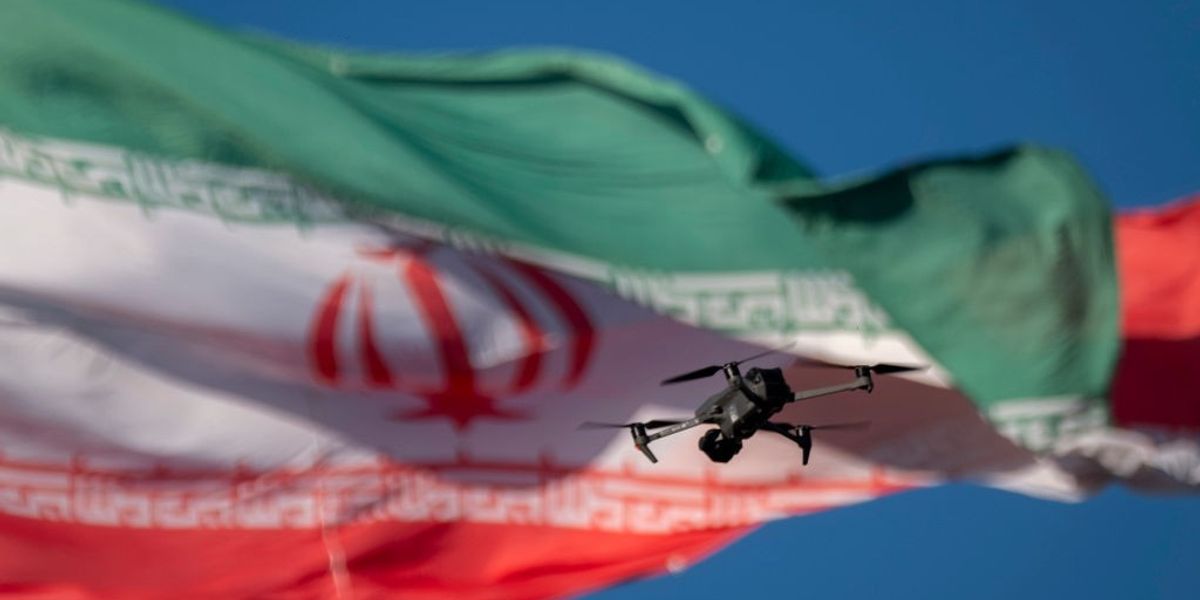
"That diplomatic alarm was echoed in criminal courts and federal filings in recent months. In Oslo over the summer, prosecutors put a former security guard at the U.S. Embassy on trial after accusing him of offering building floor plans and security routines to both Russian and Iranian operatives in return for euros and cryptocurrency; an example of how even low-level hostile services can monetize perimeter jobs."
"In the United States, a more concrete case played out in federal court this spring when a former Federal Aviation Administration contractor, Abouzar Rahmati, guilty in April to acting as an unregistered agent of the Iranian government after allegedly seeking aviation and solar-energy technology and passing non-public data to Iran. Prosecutors said the activity combined procurement, intelligence collection, and network building - classic gray-zone tradecraft that can be lethal in aggregate even if individual acts appear isolated."
"Together, these cases illustrate a pattern more than a single conspiratorial plan. "Iran's espionage efforts in the U.S. and allied countries are perhaps increasing, in both frequency and sophistication," Colin Clarke, a senior research fellow at The Soufan Center, tells The Cipher Brief. "But it goes beyond mere espionage and extends to surveillance and active terror plots." Three recurrent patterns Recent public cases and multiple intelligence assessments indicate three recurring lines of operation."
Diplomatic concerns have coincided with criminal prosecutions and federal filings revealing hostile services exploiting proximity to sensitive facilities. A former U.S. Embassy security guard allegedly offered building floor plans and security routines to Russian and Iranian operatives for euros and cryptocurrency. A former FAA contractor pleaded guilty to acting as an unregistered agent for Iran after seeking aviation and solar-energy technology and passing non-public data. The FBI has information on an Iranian officer recruiting intermediaries for surveillance and revenge plots tied to the killing of Qassem Soleimani. These incidents reveal recurring operations in access, mapping, procurement, intelligence collection, and network building.
Read at The Cipher Brief
Unable to calculate read time
Collection
[
|
...
]